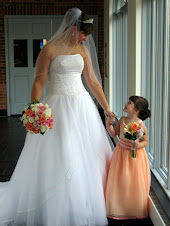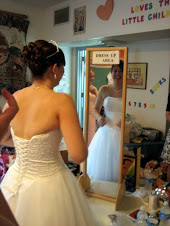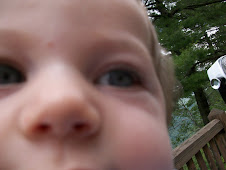I enjoyed this book-it was well-written and I enjoyed the simple complexity of the illustrations. There was so much going on, and I really liked how everything tied together. Covering this difficult topic in such a "fun" way is exciting for me. I like that it isn't as heavy as some other books (like the one written by the "Fatwa Man" - sorry, I can't remember his name or the title!)
The article did a lot for me but I wasn't sure if there was too much focus on how it helps the writing, and not the reading. The "teachers" gave the students writing assignments and text-less stories, so were they really helping the students become better readers? I think they were effective in making the students good story-tellers, but are they really better readers or writers? It seemed like there were plenty of errors in the writing, but I am curious about whether those errors were corrected in final versions of their stories. I am interested to see what you all thought in class tonight!
What Do You Mean No More Books?!?!
14 years ago














It is important to remember that reading and writing are not ALWAYS connected. Students often have much, much more difficulty with writing than reading (especially urban students). I'm sure these teachers were encouraging writing because that is an area where they were specifically lacking.
ReplyDeleteRegarding the article, I see what you are saying with the "better reader" part, but I thought it was more about making them better writers. Often, students learning English have trouble with reading, certainly, but they also struggle with writing, since there are so many "rules" in the English language. While they didn't cover what they were doing to improve the reading skills of these students, I thought it was really interesting how they used something like pictures to help the students improve their writing skills. Even if it is just writing stories, this skill can really help a student struggling with the language to start to understand how to put words together to form thoughts. Even those it was sometimes "simplistic," I think it could really help them to start this way, and then they can use what they learned to improve their writing further and eventually end up writing more advanced things, like a formal paper for school.
ReplyDeleteAHA! Salmon Rushdie, "The Satanic Verses." (please insert that at "Fatwa Man")
ReplyDeleteThanks!
AMEN to Leah's comment - the reason why students have a reading class AND an English class. Although I teach reading skills and strategies, my class focuses more on writing and the creation of written works based on different genres, etc. Some of my students have such issues with reading, yet they are placed in regular English, not learning support. There's an interesting twist. Here's my response: "So...this kid can't read beyond a 3rd grade level and he's supposed to interpret 7th grade material and then CREATE written pieces based on that material?" Nice.
ReplyDeleteI don't think they were completely getting away from reading a text. However, I believe that this is a good way to test a students comprehension and summarization techniques. A reader doesn't need words to comprehend what is in a book. With the use of pictures, a reader should be able to understand what the story conveys. Another strategy to help with comprehension...
ReplyDelete